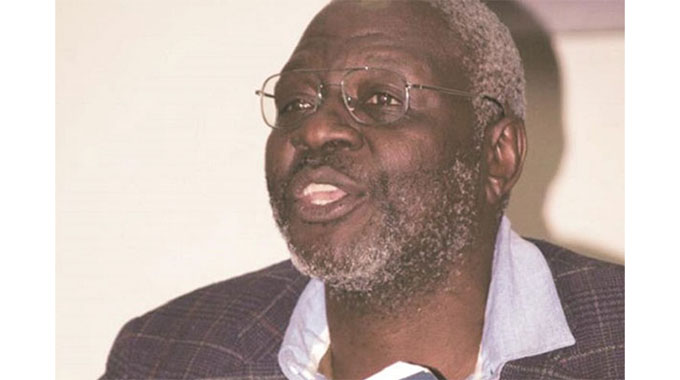Sadc must be well prepared to cope with natural disasters
Kizito Sikuka Correspondent
The establishment of vibrant disaster risk strategies is a priority for southern Africa.
This is in response to the need to cope and address the effects of climate change — a natural phenomenon that is not only here to stay — but getting worse.
In the past few decades, the Southern African Development Community (SADC), has experienced an increasing frequency and severity of droughts and floods that were attributed to climate change and variability, resulting in food insecurity.
A recent Synthesis Report on the State of Food and Nutrition Security and Vulnerability in Southern Africa, estimates that the region has a cereal deficit of more than 5,4 million tonnes this year following subdued rainfall during the just-ended season.
Between January and April 2019, the region faced several weather related phenomenons such as Tropical Cyclone Desmond, Enawo, Idai and Kenneth, which caused extensive flooding in countries such as the Union of Comoros, Madagascar, Malawi, Mozambique, the United Tanzania and Zimbabwe.
Cyclone Idai was recorded as one of the worst tropical storms to ever affect Africa and the southern hemisphere.
The cyclone claimed hundreds of lives and left a trail of destruction including destroying key infrastructure such as roads, bridges, schools and clinics.
Over 800 000 hectares of cropland as well as crops and seed stocks were destroyed, while about 3,3 million people were left in need of immediate humanitarian assistance including food, shelter, clothing, potable water, sanitation and medical support.
Outgoing SADC chair, President Hage Geingob of Namibia told the 39th SADC Summit which ended on August 18 in Dar es Salaam, Tanzania, that there is for the region to develop deliberate measures to address the impacts of climate change.
“Climate Change is real and our region can attest to this fact,” Geingob said in his address to the SADC Summit.
“Disaster risk reduction should be a regional priority as it is clear that natural disasters can have a significant negative impact on our economies and people.”
“I wish to express sincere appreciation to SADC Member States for their prompt, effective and generous response in providing humanitarian assistance to the affected countries,” President Geingob said.
Contingency funds amounting to US$500 000 were released towards emergency relief efforts of Cyclone Idai to complement efforts by Member States, national and international partners, while a Regional Floods Appeal was launched to raise US$323 million to support victims with immediate needs and resilience building actions.
In addition, the post-disaster needs assessment was conducted in Mozambique, Malawi and Zimbabwe for reconstruction and rebuilding following the Tropical Cyclone Idai.
President Geingob, however, said it was critical for SADC to mainstream Disaster Risk Reduction strategies in its programmes to ensure better and coordinated response to address the effects of climate change.
“Disaster Risk Reduction strategies contribute to the decrease of disaster risks and the negative impacts of disasters in order to attain sustainable development and eradicate poverty,” he said.
He said some of the measures which could be considered by SADC as part of mitigation efforts include the promotion of reforestation to reduce greenhouse gases that contribute to climate change.
“We need to draw lessons from the previous disasters to strengthen the regional preparedness and response mechanisms, and early warning,” he said.
“Furthermore, we need to put in measures to ensure timely response and provision of humanitarian assistance and restoration of livelihoods to the affected communities, as well as raise awareness in the region on how to mitigate the effects of climate change.”
In recognition of this, the SADC Secretariat is, in collaboration with Member States, in the process of developing a strategy for effective coordination of responses to disasters.
Finalisation of the SADC Disaster Preparedness and Response Strategy will ensure that mechanisms and adequate resources are promptly put in place for the effective management of disasters.
President Hage Geingob, who handed over the SADC Chair to his Tanzanian counterpart, President John Pombe Joseph Magufuli said it was an honour to lead SADC in the past year, and cooperation among member states is key to advancing regional integration.
The 39th Summit, which opened August 17, ran under the “A Conducive Environment for Inclusive and Sustainable Industrial Development, Increased Intra-Regional Trade and Job Creation.” sardc.net









Comments